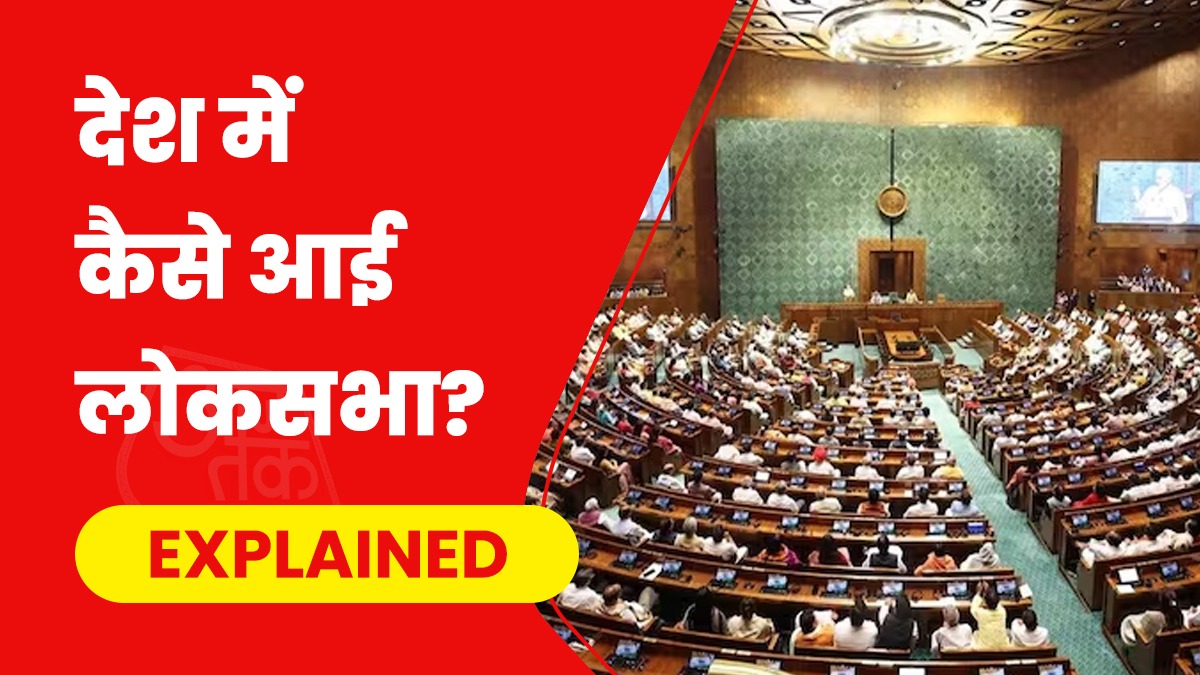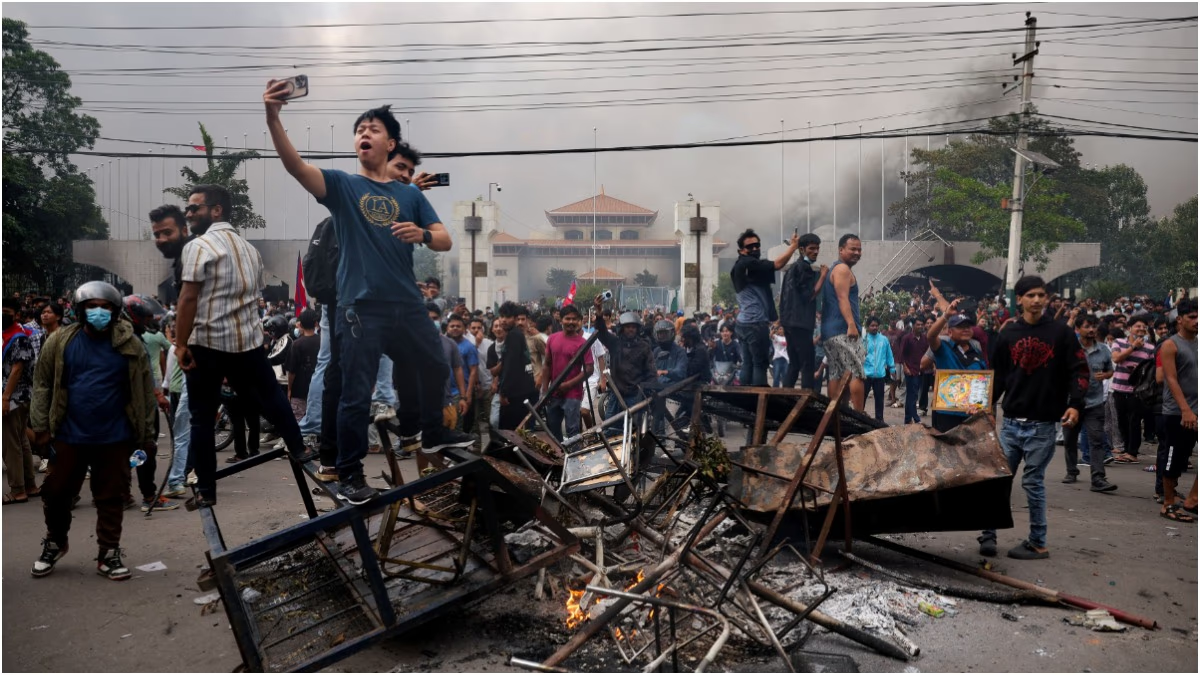Om Birla is set to serve as the Lok Sabha Speaker once again in Modi 3.0, having been selected by a voice vote. While the opposition INDIA bloc had fielded K. Suresh, they refrained from requesting a division, resulting in the decision by voice vote.
This marks the fifth instance of a Lok Sabha Speaker being re-elected. Prior to Om Birla, M.A. Ayyangar, G.S. Dhillon, Balram Jakhar, and G.M.C. Balyogi have had this honor. Balram Jakhar is the only one thus far to have completed two consecutive terms as Speaker.
With the Speaker elected, focus now shifts to the Deputy Speaker. The position remained vacant during the last Modi administration. The opposition insists that tradition dictates they should hold the Deputy Speaker role. However, clarity on the Deputy Speaker's appointment remains elusive. Its constitutional requirement is not binding, and the timing of elections is at the Speaker's discretion.
The Speaker of the Lok Sabha holds a significant constitutional role. As the foremost authority in the assembly, nothing can proceed without the Speaker's approval. In the Speaker's absence, the Deputy Speaker takes charge of proceedings.
How did the positions of Lok Sabha Speaker and Deputy Speaker come into existence? Let's explore this after understanding how the Lok Sabha was formed.
The 1919 Legislation
In 1919, the Government of India Act was passed in British India, leading to the formation of the parliament. Under this act, two houses were established: the lower Central Legislative Assembly and the upper Council of State.
The recommendation for two parliamentary houses stemmed from the Mont-Ford Reforms. Edwin Montagu, the then Foreign Secretary of British India, and the Viceroy, Lord Chelmsford, drafted a report in 1918 that laid the groundwork for the Government of India Act.
Originally, the Central Legislative Assembly had 142 members, 101 elected and 41 nominated. Among the elected, there were 52 general representatives, 29 Muslims, 2 Sikhs, 7 Europeans, 7 landowners, and 4 businessmen. Later, seats for Delhi, Ajmer-Mewar, and the North West Frontier Provinces were added. The first election for the Central Legislative Assembly took place in November 1920.
Post-independence, with the implementation of the Indian Independence Act of 1947, the Central Legislative Assembly was dissolved. Following the constitution's enactment in 1950, it was renamed the Lok Sabha, and the Council of State became the Rajya Sabha.
The Emergence of Speaker and Deputy Speaker Roles
The newly-formed Central Legislative Assembly initially did not feature the roles of Speaker and Deputy Speaker but had a President and a Deputy President.
In 1921, Frederick Whyte was appointed President of the Assembly by the Governor-General, with Sachchidanand Sinha assuming the Deputy President role.
Elections for the President of the Assembly took place on August 24, 1925. Vitthalbhai Patel, the Swaraj Party's candidate, defeated T. Rangachariar, holding the position until April 28, 1930. Afterwards, Mohammad Yakub became President.
Between 1925 and 1946, six elections were held for the Assembly's President (Speaker). The last was conducted on January 24, 1946, when Congress candidate G.V. Mavalankar was elected. Following independence, Mavalankar was appointed Speaker of the provisional parliament, and upon the formation of the first Lok Sabha on April 17, 1952, he was chosen as its Speaker.
Thus, the posts of Speaker and Deputy Speaker were established. M.A. Ayyangar later succeeded Mavalankar following his passing in February 1956.
Since independence, the ruling party or coalition has always appointed one of its members as Lok Sabha Speaker. To date, there have been 10 occasions when an opposition party or coalition member has served as the Deputy Speaker out of 18 total appointments.




